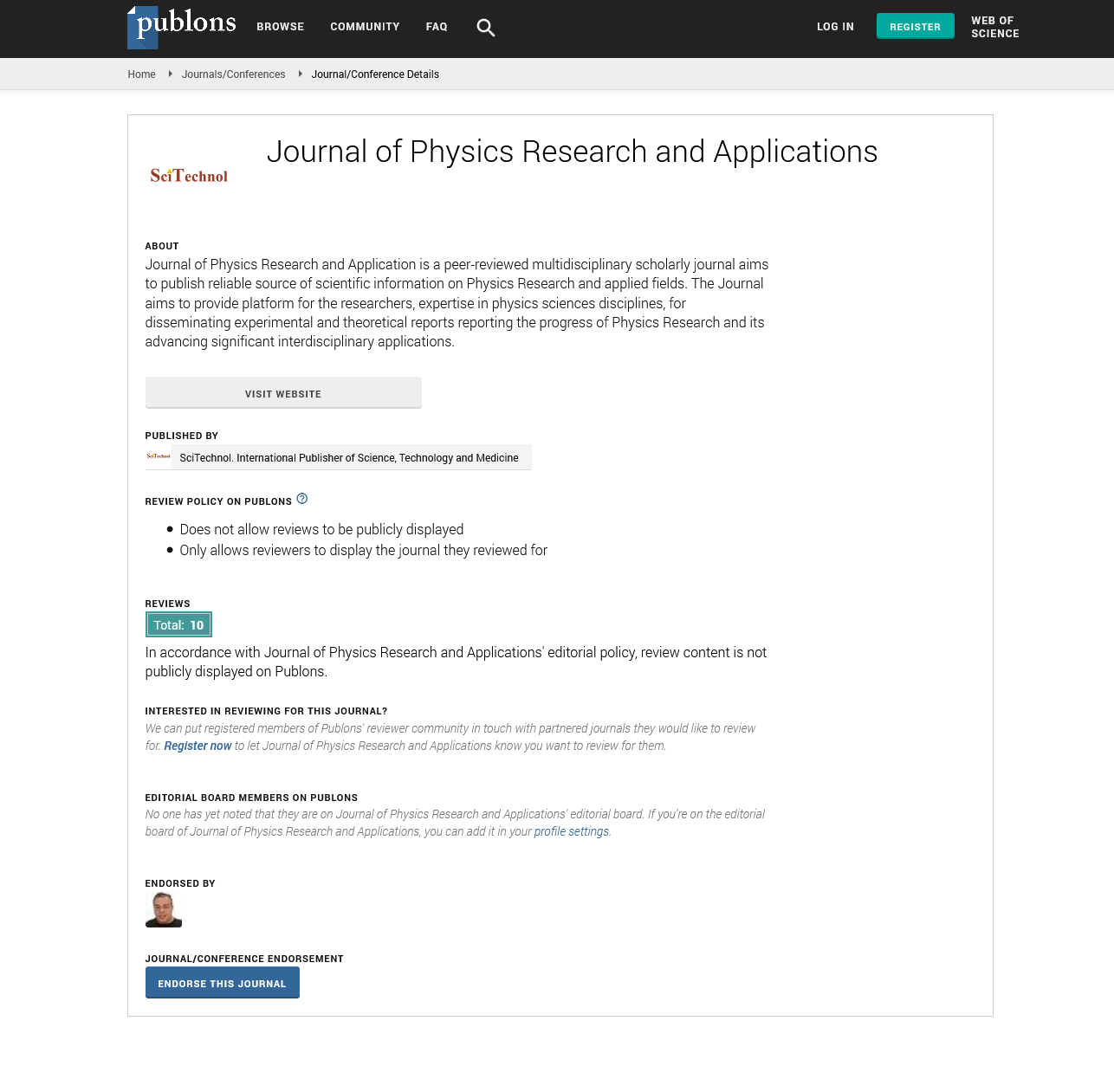Detection statistics in a double-double-slit experiment and signal locality
Vahid Hosseinzadeh
Institute for Research in Fundamental Sciences (IPM), Iran
: J Phys Res Appl
Abstract
In this talk, we analyze the statistics of detection data in a general double-double-slit experiment. The two particles are detected at random times which are not equal in general and because we do not have any constraint on the distances of left and right screens from their slits and the ratio they can be detected in completely different timescales. As the detection of the first particle leads to collapse of the wave function, there is no a straightforward and agreed-upon method to study this problem in the orthodox formalism which lacks a clear prediction of these random events and therefore the quantum state afterward. This is not the case in the Bohmian framework which we implement in this paper, and we can predict the system up to the end of experiment. The main result is the joint distribution of detection data including the arrival time and position of the particles on left and right screens. As one of the main consequences, we see that although the joint spatial distribution can be affected by a change to the relative location of screens, the marginals on each side remain intact, compatible with signal locality. At the end, we see how this result is very sensitive to quantum equilibrium conditions i.e. the Born rule. This talk is based on our recent paper
Biography
Vahid Hosseinzadeh has completed his PhD at the age of 30 years from Mazandaran University and postdoctoral studies from IPM Institute For Research In Fundamental Sciences in Tehran. He has published 12 papers in reputed journals.
 Spanish
Spanish  Chinese
Chinese  Russian
Russian  German
German  French
French  Japanese
Japanese  Portuguese
Portuguese  Hindi
Hindi 
